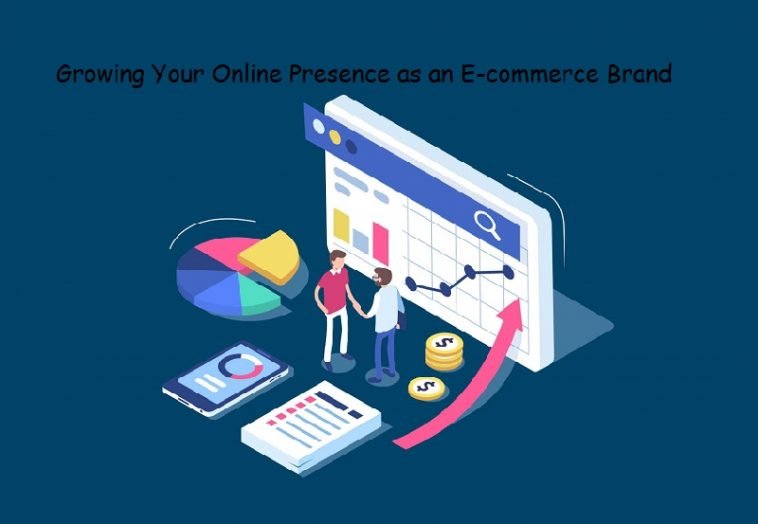E-commerce and online advertising are dynamic segments of the market. Whereas in 2015 the share of e-commerce in total retail sales was 7.4%, by 2021 it will double its value to 15.5%.
There are several e-commerce models, the most common being B2B (business) and B2C (business customer). According to Statista, the number of B2B sales in 2018 amounted to $7661 billion, which is 5% higher than last year’s figure. The number of B2C online purchases in 2018 increased by 11% compared to 2017 and reached $2143 billion. B2C purchases are purchases made both from the online platforms of large offline retailers and from the sites of companies represented only online.
China has been the leading e-retailer in terms of sales for the next year in a row, with revenues of $600 billion in 2017, followed by the United States with revenues of $475 billion, Japan with $105 billion, the United Kingdom with $103 billion, and Germany with $57 billion.
Despite the advantages of already established e-commerce markets, online retailing in Asia is gaining momentum. Thus, according to Statista’s forecasts, Malaysia (23.7%) will take the lead in terms of the total average annual growth rate of B2C sales in the next five years, slightly ahead of India (23%) and Indonesia (20.7%). They will be followed by the Philippines (18.3%) and China (17.4%). The most active online shoppers are in China and South Korea, with 83% of the population involved in online shopping, only one percent ahead of the UK. With the least lagging behind are Germany – 81%, Indonesia – 79%, India and the United States – 77% each. Despite the growing use of smartphones, users prefer to shop from the desktop. 58% of traffic generated by smartphones accounts for only 38% of purchases. As the mobile-friendly version of the site increases its competitiveness by a factor of a few, allowing it to attract more customers, there is a potential for growth and an opportunity to bring the number of purchases from mobile phones to the desktop level. The world’s leading e-commerce platform is Amazon. Its Asian competitors Alibaba and Rakuten are dynamically expanding their market share in online commerce, attracting more and more customers year after year. The main methods of payment are credit cards (42%), electronic payments, mainly PayPal (39%), debit cards (28%), payment on delivery (23%), bank transfers (20%), gift certificates and vouchers (15%), mobile payments (14%), cryptocurrency, bitcoin (3%). It should be noted that PayPal is becoming more and more popular from year to year, while in 2014 111.7 million people used this method of payment, in 2018 their number amounted to 218 million.
The e-commerce market is represented by different segments, each region has its own peculiarities, but in general, the following areas can be distinguished: clothing and footwear, electronics and household appliances, household goods, goods for children, health and beauty, and hobbies. Despite the growth in turnover and the involvement of users, online trade covers rather narrow categories of goods. In the books, music, movies and video games segment, 60% of users prefer to shop online. Electronics and computers are ready to buy online 43%, clothing, and footwear 40%, toys 39%, beauty and health products 37%, sports goods 36%. The share of other categories is 30-32%.
The global reach of the Internet is fully felt on the trading platforms in all countries. In 2018, cross-breeding or cross-border trade is one of the main drivers of e-commerce growth worldwide. Local giants enter foreign markets, steadily transforming into global players looking for business opportunities in new regions. While customers are motivated by the ability to get quality products at the right price from anywhere in the world, cross-border e-commerce provides internet retailers with great opportunities as eCommerce analytics to expand their markets and attract new customers. The number of online purchases on foreign websites will increase year by year. Consumers from different countries are looking for goods on foreign sites that are not available in their region, or whose price and quality are more attractive.




Comments
0 comments